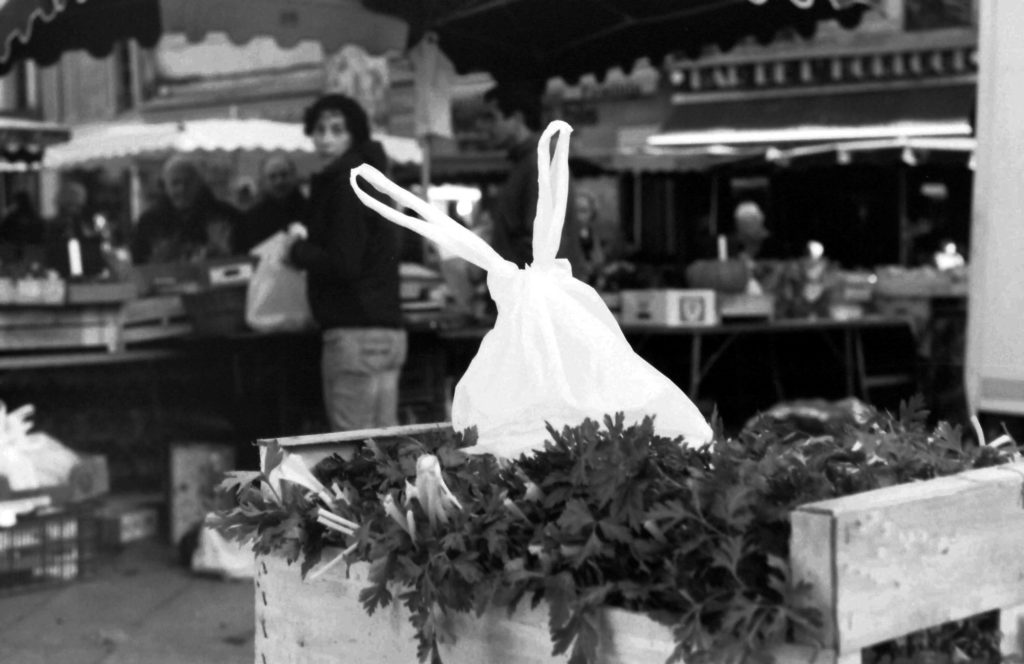I don’t know if it is just me, but I find NFTs really interesting. Towards the end of June, I found in my inbox a message from Magnum Photos announcing that as part of their 75th anniversary celebration, the famous agency would be releasing 75 NFTs for auction. The exclusive chance to own “an original piece of art”, as they put it. A photograph by a famous photographer in the digital realm.
I cannot say that I know a lot about NFTs, but I do know a little. Think of blockchain as digital breadcrumbs leading you back to the original maker, or in this case photographer. A chain of custody, if you like. This in theory guarantees that a particular data-set (the photograph) is authentic and owned by a particular individual.
The best analogy I have heard to describe an NFT is to: “….think of an NFT as a book…. there are thousands of copies, thousands of identical books, but you have the only signed copy”. You have a ‘special’ and ‘unique’ copy of the book, but you have no rights to it, no ability to copy, edit, republish or sell one chapter at a time. You simply own a unique copy, which if you grow tired of it, you can try to resell exactly as it came to you.
But what does this really mean in the Magnum context. Each photographer who sells an NFT sells a digital file with proof of ownership to a successful bidder, who in a sense becomes part of the chain of custody of the photograph, part of the blockchain. There is no physical photograph, only the digital image. There is no right to use the photograph, no rights to license it to a magazine for use in an article for instance, that copyright remains with the photographer and Magnum. The owner cannot even print it.
In reality, the person who successfully acquires a Magnum Photos NFT has the right to look at it on a computer screen and claim ownership. Perhaps there is an option to hang the photograph over the virtual fireplace in the virtual parallel universe populated by the owner’s avatar in Second Life, or There.com? Or, is this just a $1000 screen saver with bragging rights?
Quoting from the Magnum website: “Turning photographs into NFTs generates authenticity and value on the internet, allowing photographers to produce and sell their work online as they would in the real world. For buyers, NFTs present a unique opportunity to actually own an original piece of art or photograph on the internet, as opposed to buying, or downloading a copy.” I note that the Magnum archive is searchable online, as is Getty Images, and countless other photography websites, both public and private. In addition, the individual photographer will often have a website, where images can be viewed.
Listen, I have no issue with Magnum Photos trying to get in on the possibly very lucrative NFT market. Go to it, Magnum, however, given that many of the 75 images ‘dropped’ at the end of June at time of writing are still available for the opening bid of 1.00 ETH (a digital currency equivalent to approx $1000), I wonder if this is indeed something that Magnum thought through.
Let’s have a look at Steve McCurry’s NFT image #51 – ‘Pakistan Border, Afghanistan, 1981’, which sold for the equivalent of about $3000. Were you to purchase a print by Steve McCurry in an edition of one, meaning that you would have the only print of that particular image, what would you pay? Well, it is not an exact science, but, if you look at his limited edition prints on Magnum’s homepage, there is a photograph sold in an edition of 60 in various sizes, which range from about $6000 to $13,500. For the edition in total – buying all the prints – would be the equivalent of being the only person to own the photograph. This would set you back a mere $505,500.
In other words, you can acquire a work by Steve McCurry for your computer screen for $3,000. You can buy one of sixty prints for $6,350 and frame it. Or, you could buy all the prints and be the only person to have it for $505,500.
The print and the NFT are sold with a similar caveat: “This print is for personal usage only, intended for display in the home or other private spaces. For all other uses, such as display in public spaces or institutions, publishing the image online or in print, or any other form of usage, permission must be granted by Magnum Photos.”
In purely commercial terms, NFTs are a new market, another way of skinning the cat for profit. As with all art, the only way to really know if it is worth anything is to look at the resale value. Usually referred to as the secondary market. In other words, what will someone pay for your NFT that you bought for 3 ETH. So far, the secondary market has been very spotty and rather soft. It may evolve, but so far it has not done well.
Who can forget Mr. Sina Estavi, who garnered international attention last March, when he bought an NFT of the first-ever Tweet for approximately $3 million. A year later, he put it up for auction with a reserve price of $48 million, generously offering to donate half to charity, but at the close of the auction, the highest bid was a mere $12,800. If indeed this is the true value set by the secondary market, the value of the world’s first Tweet has dropped a staggering 99.57%.
According to NBC news, quoting sales tracking company DappRadar, global sales of NFTs was approximately $25 billion in 2021, a drop from the $95 billion in 2021. OpenSea – an NFT sale platform said that sales of NFTs peaked in August 2021. The market may yet recover, but it seems Magnum may have been a little late.
As a person who spends a lot of time nursing photographs, it is my view that a photographer’s work has three steps; the composition and making of the photograph; the processing of film or the data file; the final output, which is usually a print. These steps are sacred, they are what the photographer saw in his, or her mind’s eye when clicking the shutter and is executed in full only when the image is presented as intended by the photographer. To me, this cannot be an image on my TV, or computer screen that has been set to my particular palette of colours, contrast, or brightness, or far worse a postage stamp size photo on a not so smart phone.
The jury may be out on NFTs. but, I for one am not buying. I feel sorry for Olivia Arthur, the newly minted President of Magnum. One might wonder, had there not been pressure from the financial backers of Magnum for cash-flow and profit, whether she would have wanted a venture into NFTs as part of her legacy. After all, if after a month a lot of the Magnum NFTs remain unsold, what does that say about the photographers, their work and their credibility. What does it say when Steve McCurry can ‘only’ sell his NFT for about $3000, when being the only one to have one of his prints would set you back about $500,000?
Harbel
(This entry may not be reproduced in full, or in part without the written permission of the author.)





